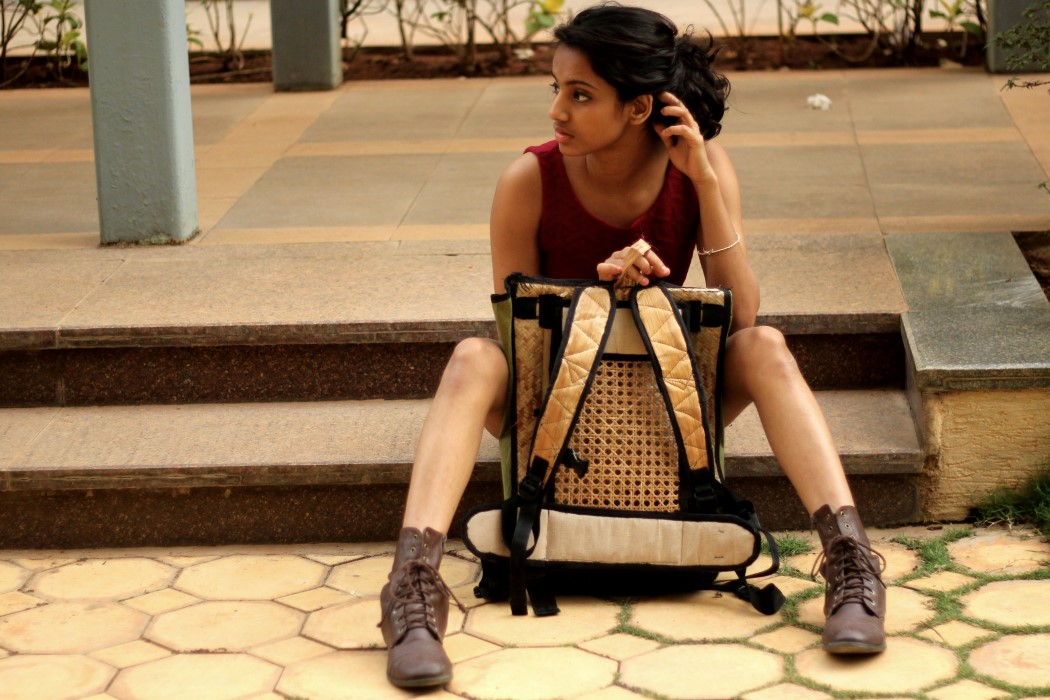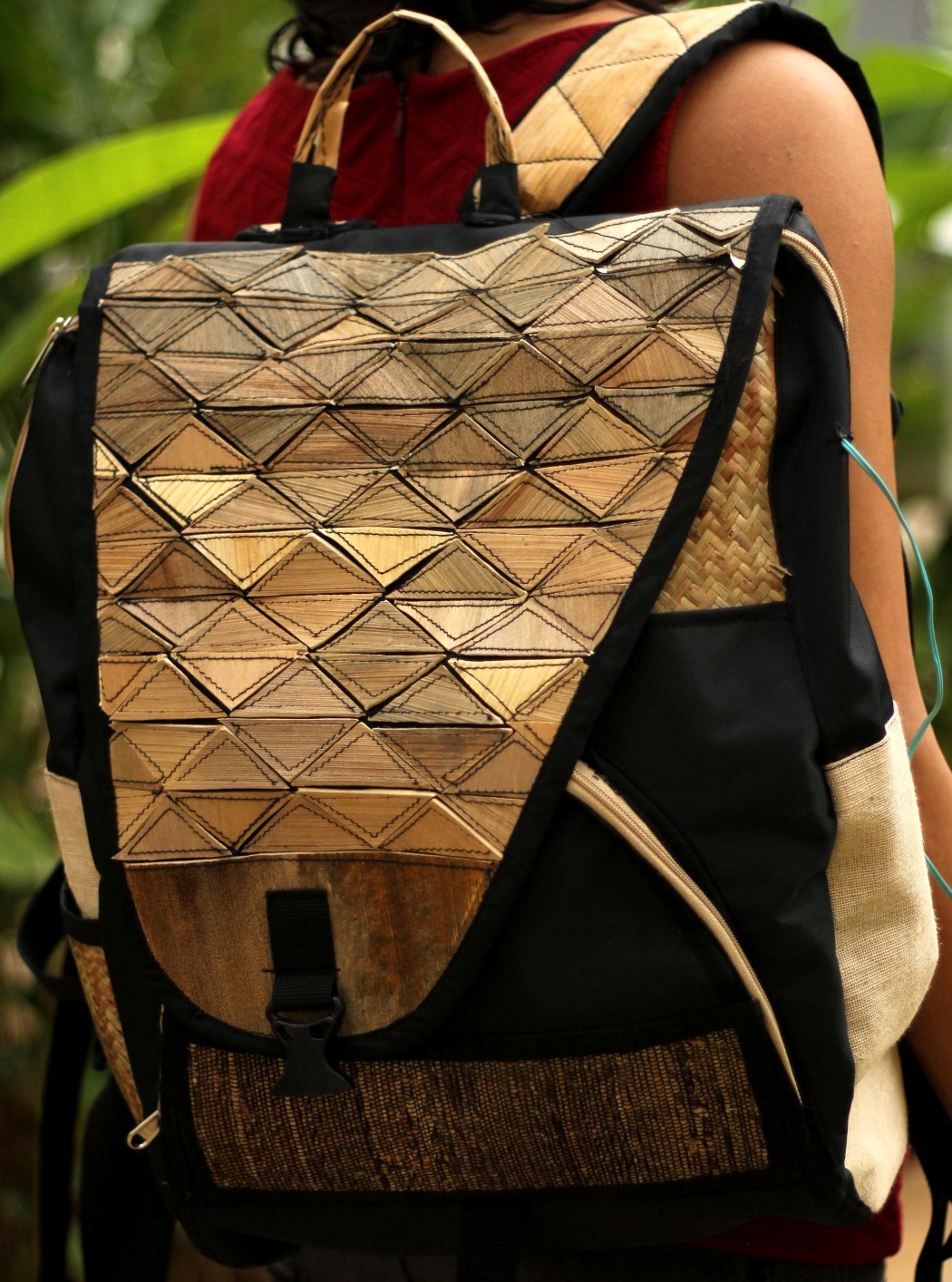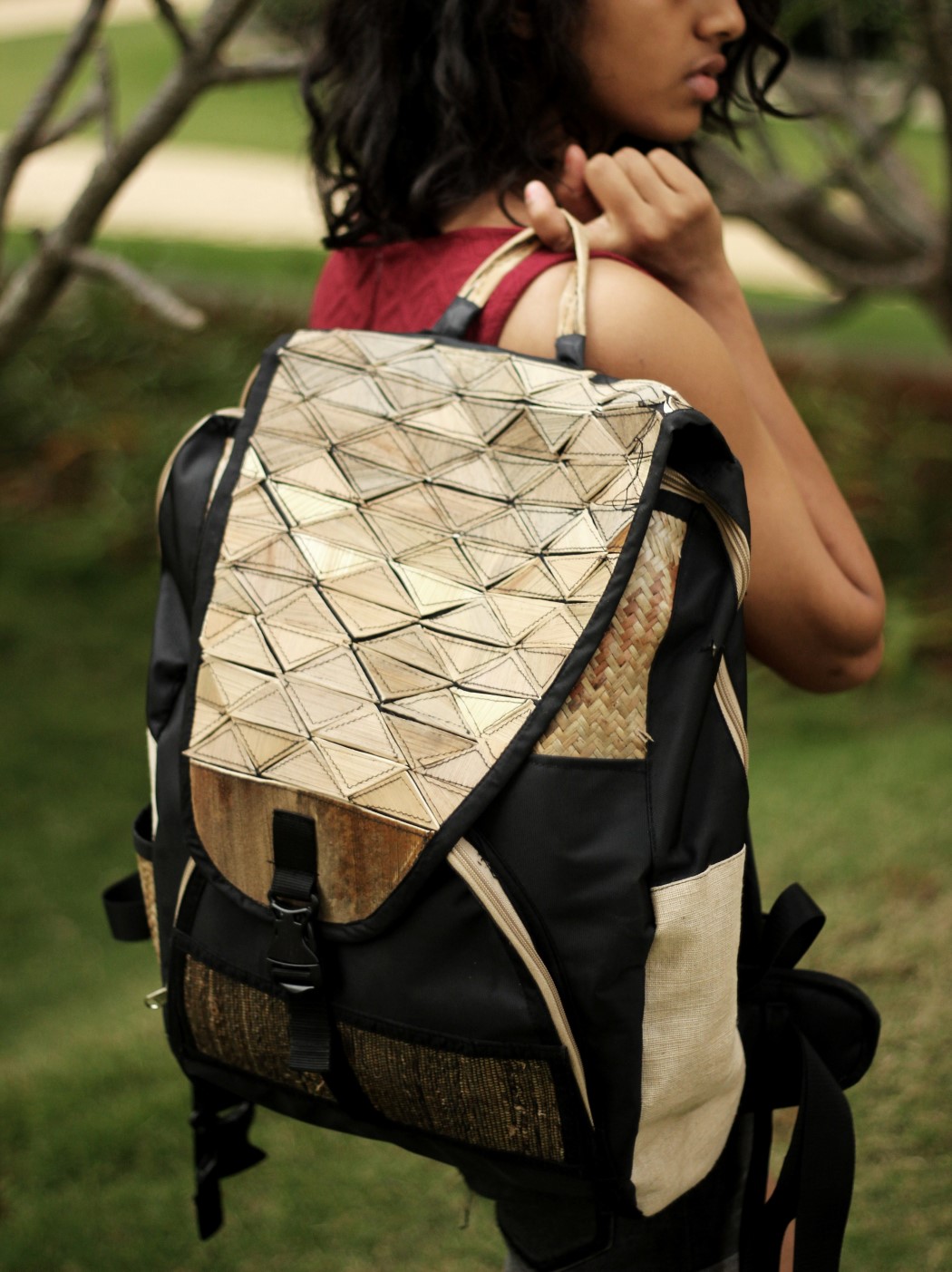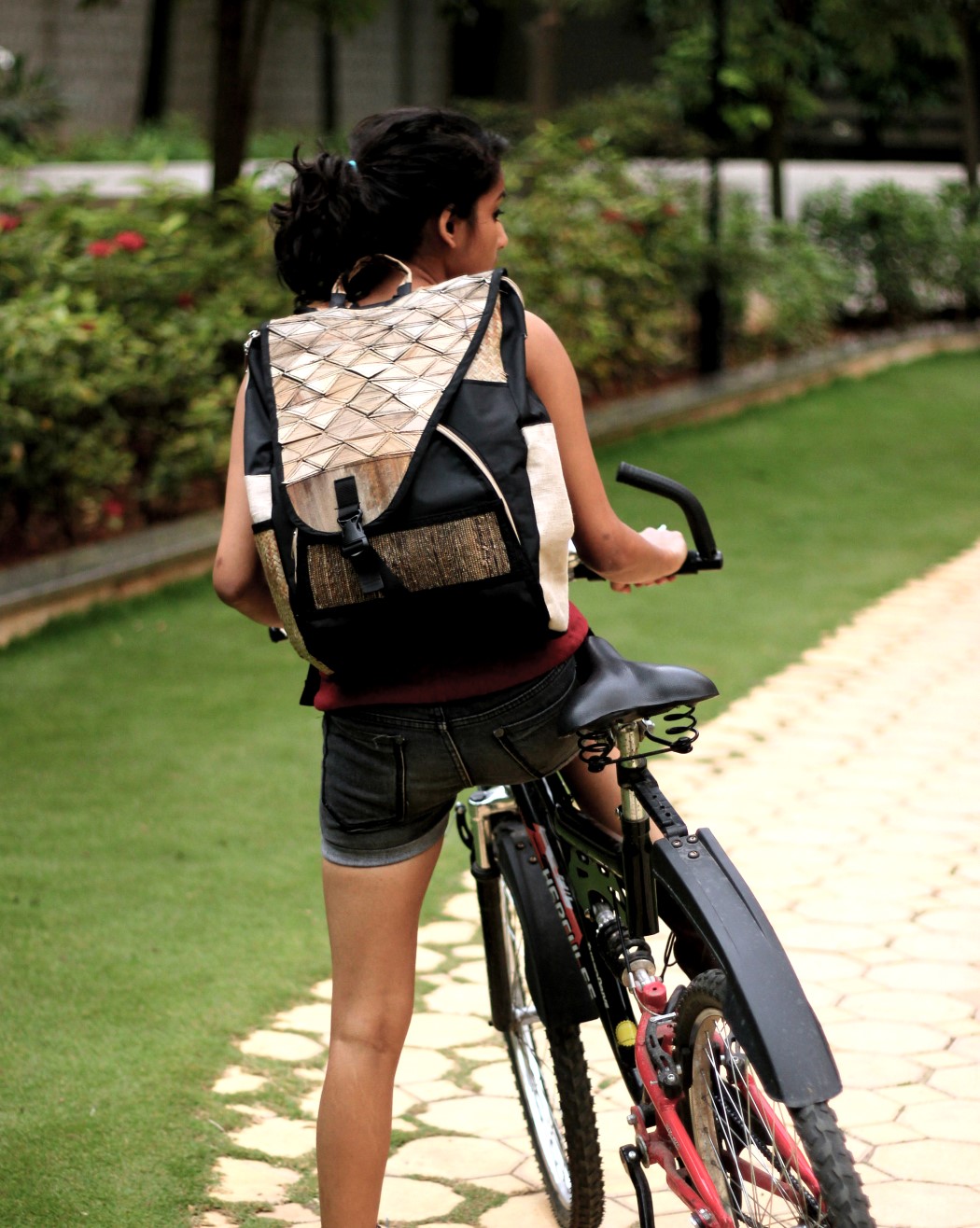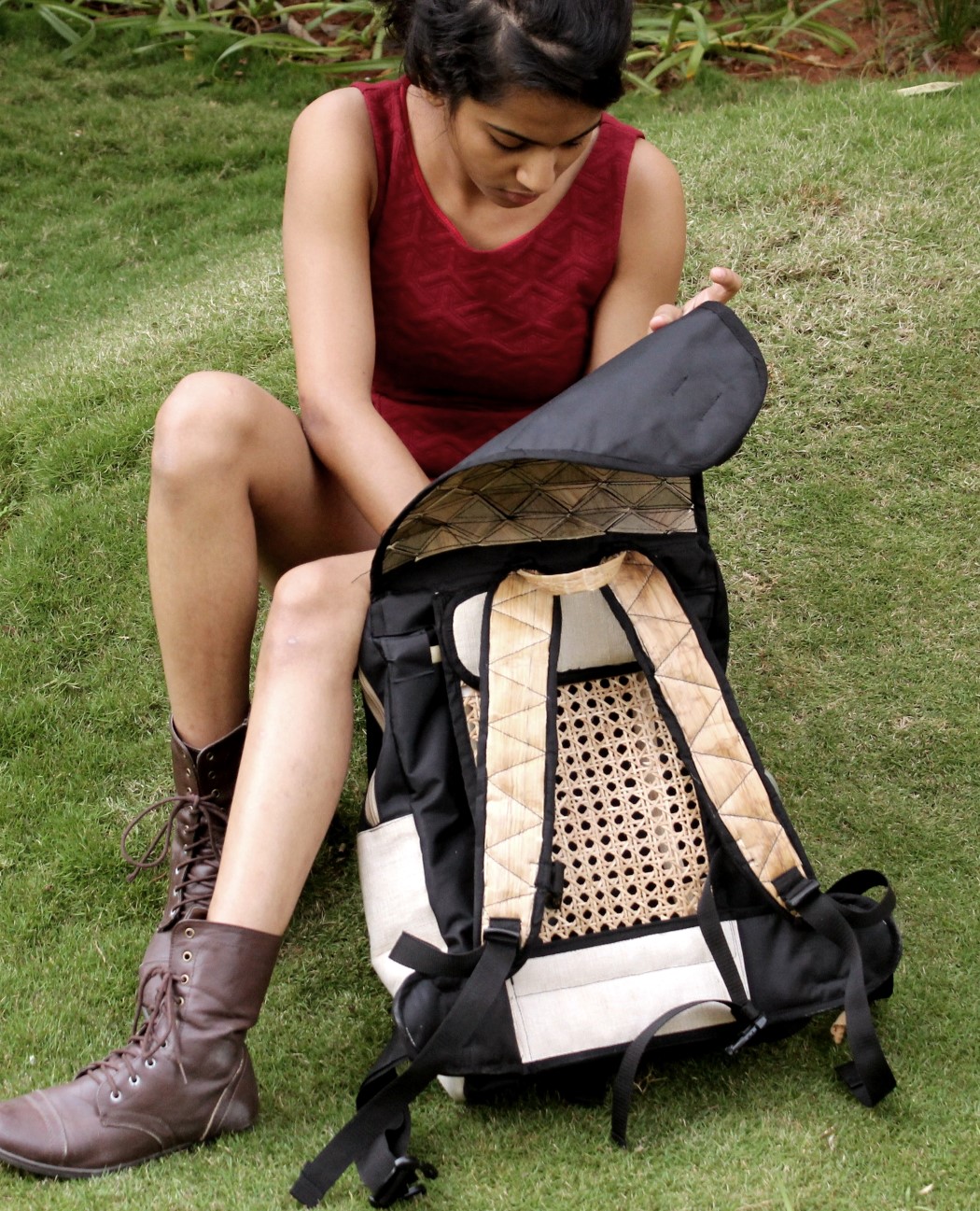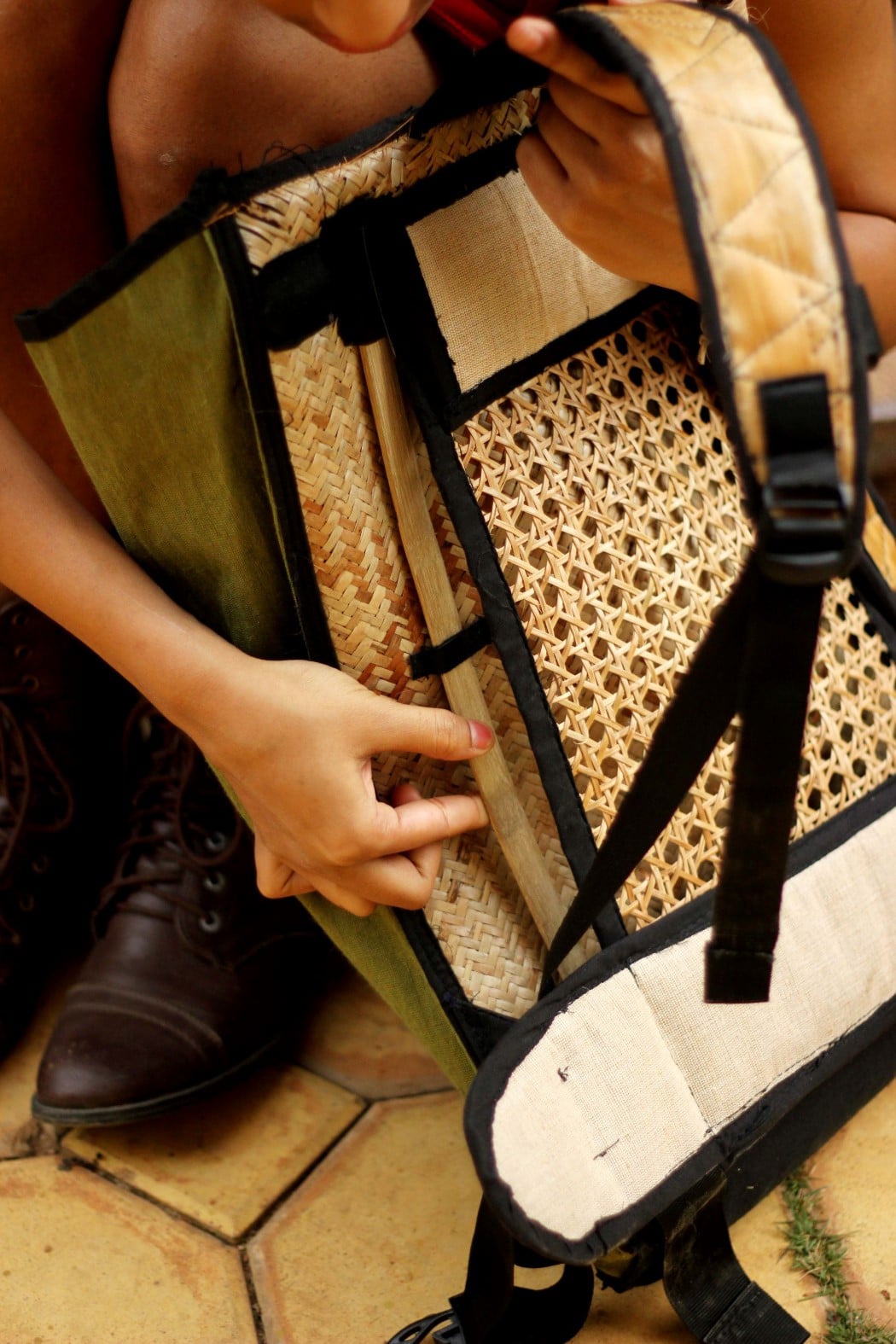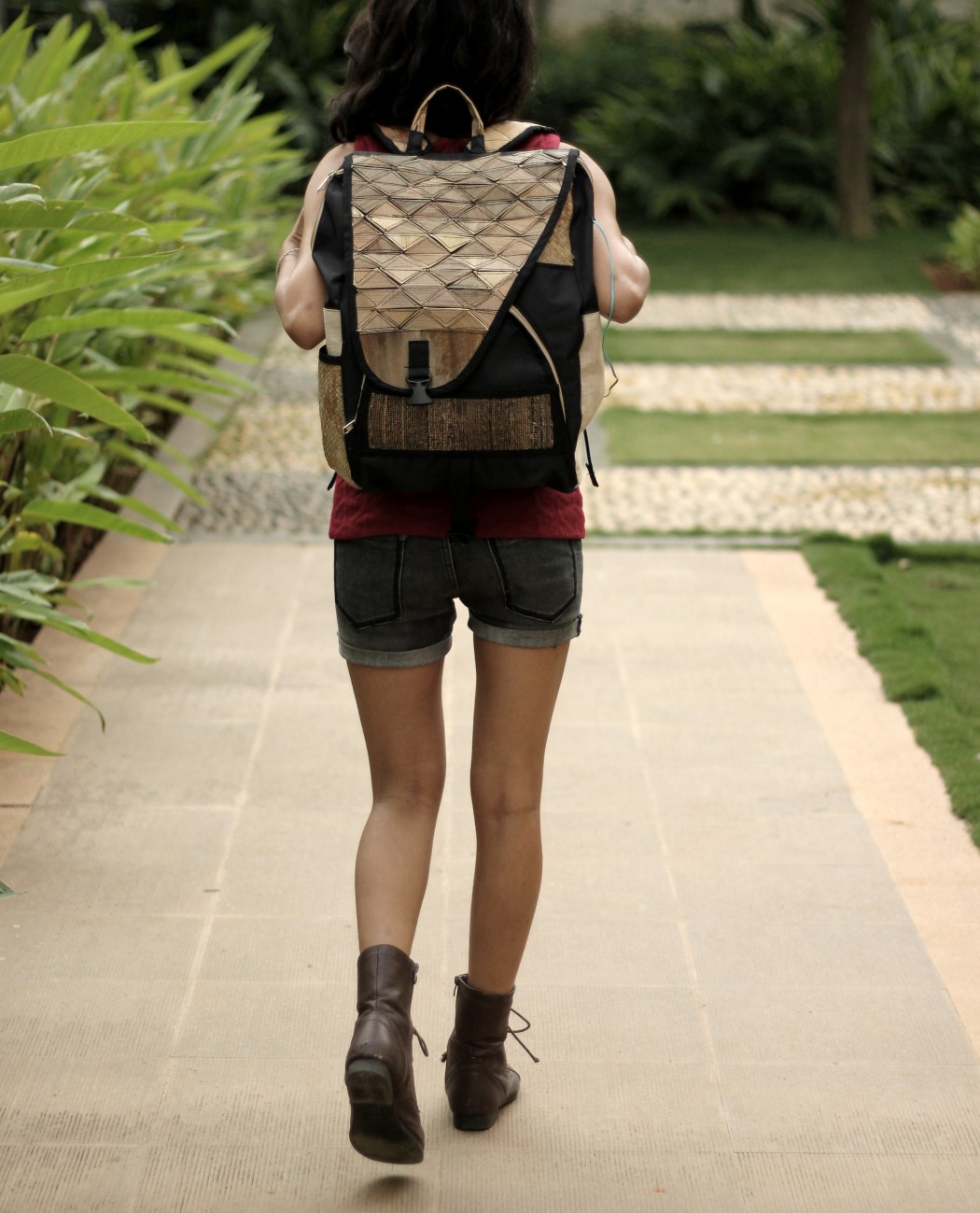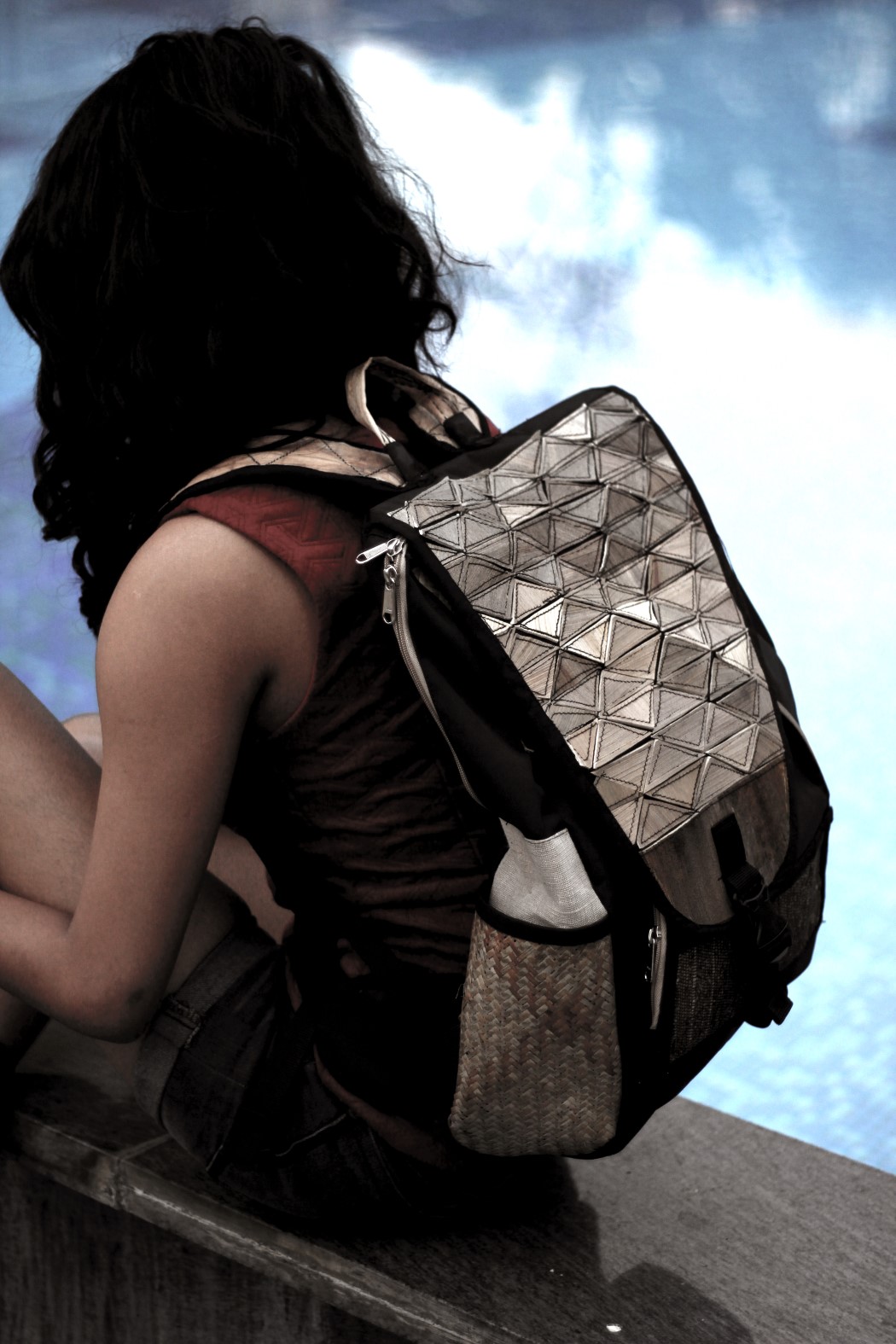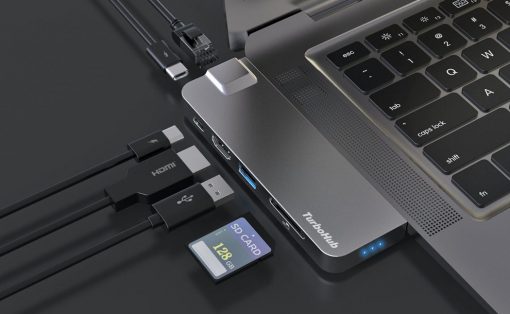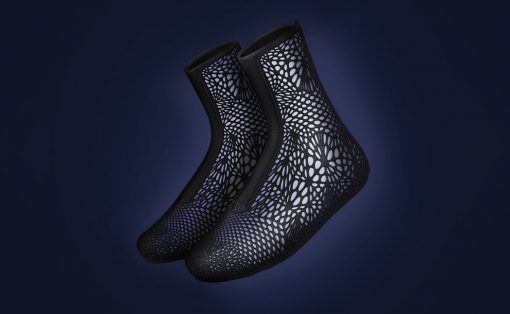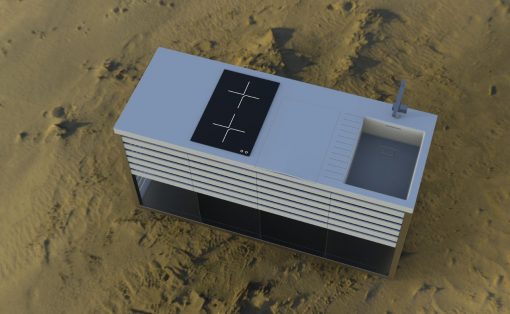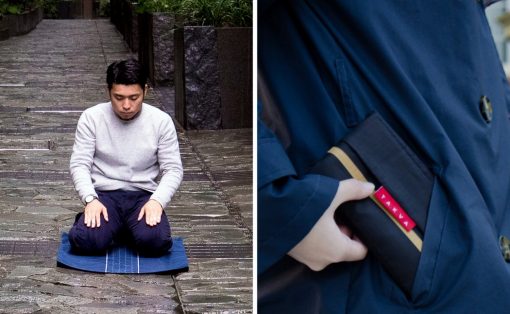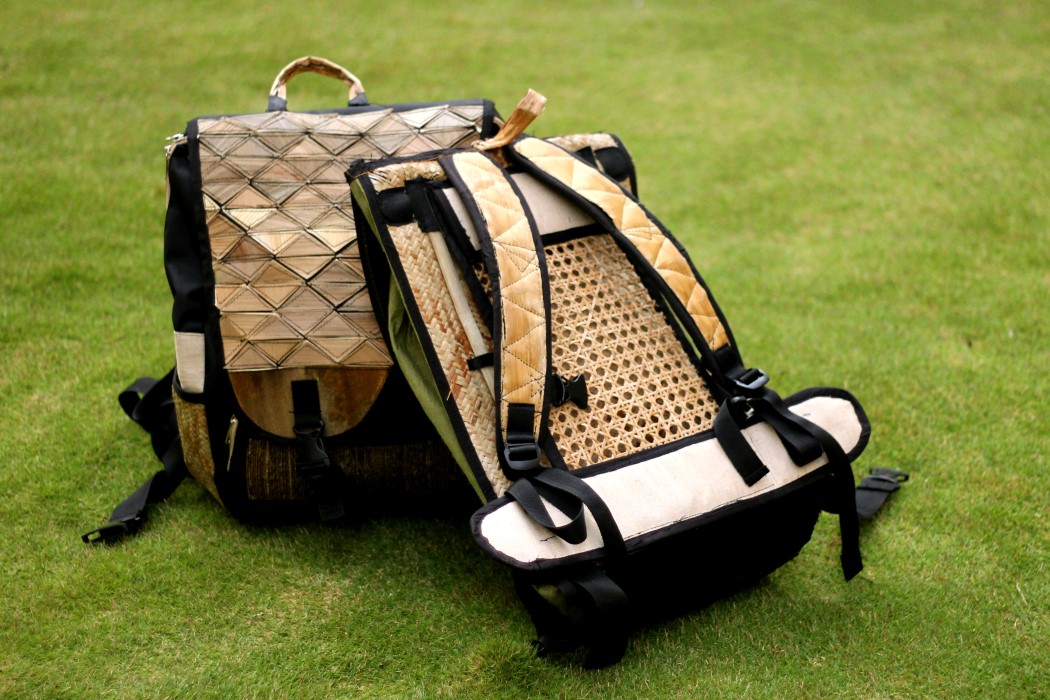
You wouldn’t expect landfills and oceans to be teeming with discarded backpacks, and they aren’t single-use either, but what do you do with a damaged backpack? Let me guess… you seldom stitch it yourself or get it fixed. If a bag breaks, it gets discarded for a newer, better bag, and Aishwarya Nair believes that the best way to battle that mindset isn’t to change it, but to feed it with something sustainable.
This is the Sustainable Backpack, and it’s made entirely from sustainable materials that Nair developed over the years with Studio Tjeerd Veenhoven, which she also used in her design for an eco-friendly, disposable travel kit. The Sustainable Backpack’s rustic, natural construction shouldn’t be entirely shocking, believes Aishwarya, after all, we’ve had wicker baskets and jute bags for centuries now, and while the modern-day backpack hasn’t quite seen the use of these materials, they’re virtually designed for creating containers and vessels for carrying items.
At the very center of the Sustainable Backpack is its thin bamboo framework, which gives it the shape and the stability it needs, upon which lies a jute fabric clad. The bag’s decorative element comes from its triangular-cut patterned flap made from palm-tree-bark. The tree bark’s grains run horizontally, while the triangular pattern gives it a visual dynamism while also allowing the bag’s flap to bend like fabric, albeit quite interestingly. The bag’s straps come made from treated banana bark, chosen for their flexibility, ability to hold weight, and their ultimate softness, which allows the wearer to carry the bag with ease. Speaking of carrying bags with ease, the Sustainable Backpack uses a breathable rubberized coir lining on the inside to give the bag’s fabric its softness and natural breathability. Designed to prevent any sweat-stains on your back caused from wearing the bag for too long, the coir lining is lightweight and comfortable, comparable almost to the PU foam or neoprene pads used in bags. To structure it well, as well as maintain breathability, Nair chose to cover the coir layer with a woven cane framework, which also lends an interesting patterned element on the back to match the one in front.
Ultimately, the goal of the Sustainable Backpack was to provide an all-natural alternative to bags made with woven Nylon or other polymer-based fabrics. Aside from being a completely biodegradable product, the Sustainable Backpack’s big advantage is also its ability to be produced on a low carbon footprint, not creating any hazardous chemicals or emissions during production, manufacturing, and assembly.
Designer: Aishwarya Nair for Studio Tjeerd Veenhoven
